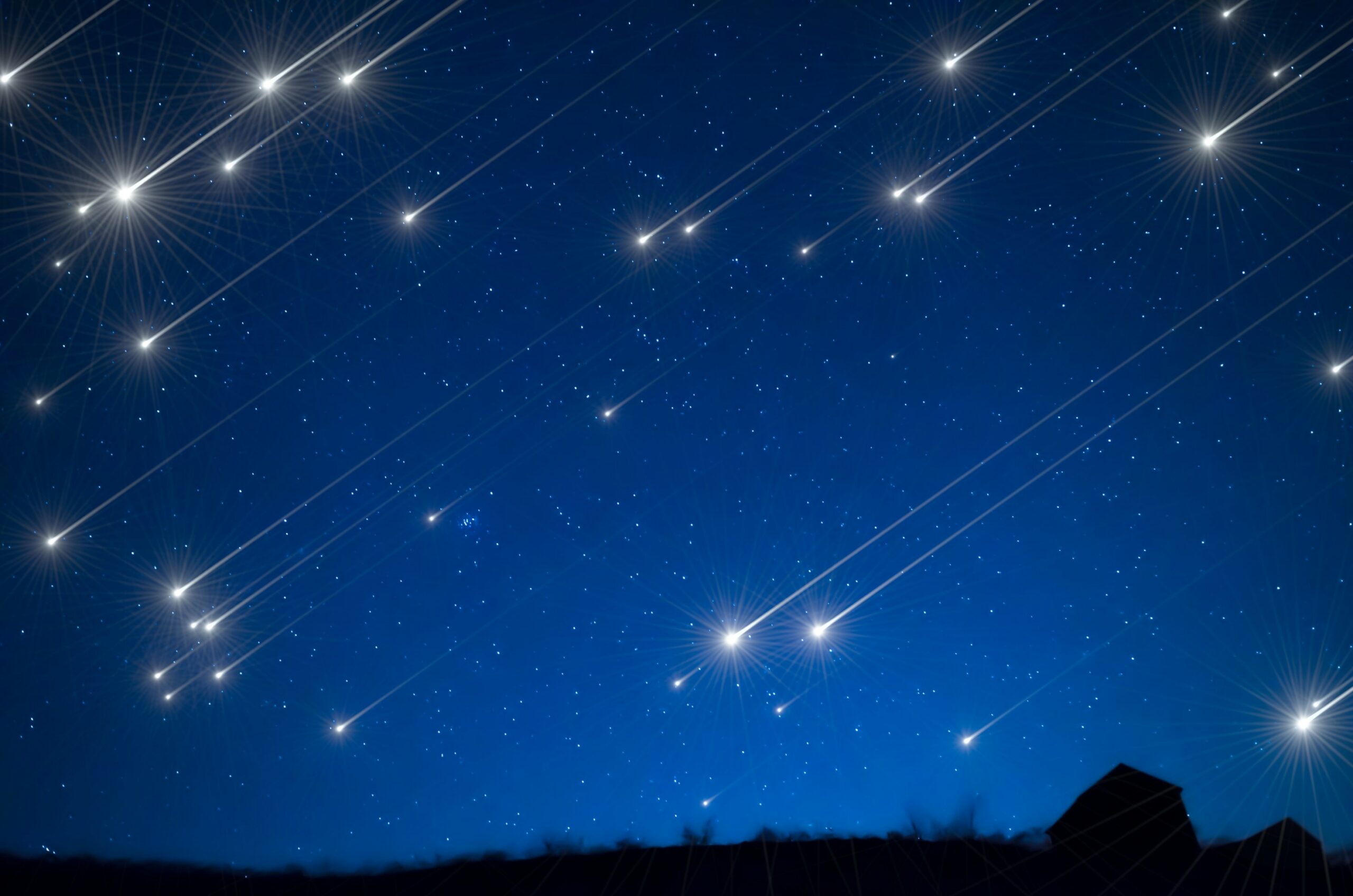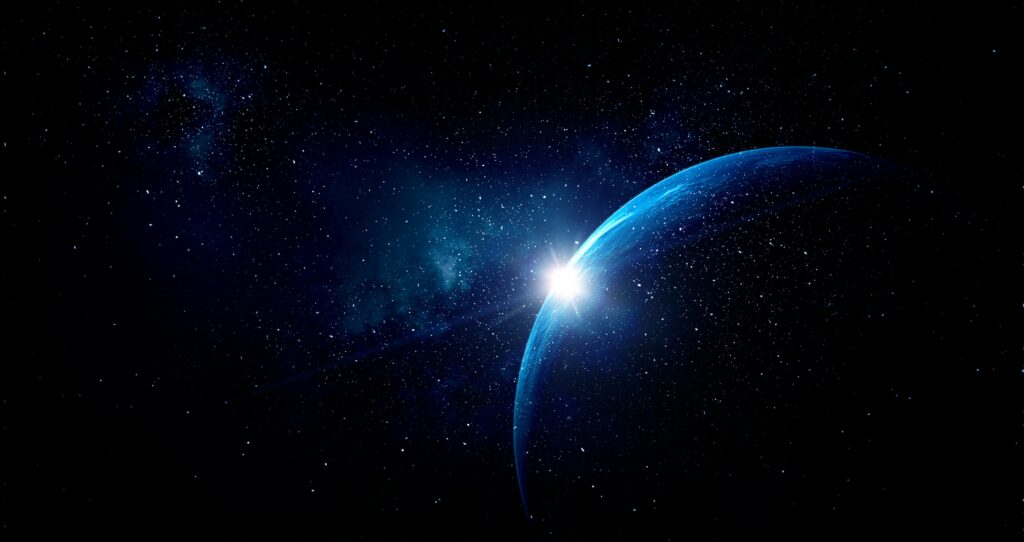
Heavy Rain, Flooding, and Chance of Severe Weather Staring Down the Southern U.S.
January 22, 2024
Posted: September 5, 2023 3:00 pm





The days are getting shorter but the temperatures are expected to remain moderate, making September a good time to head out to check out the night skies for the latest celestial happenings. Here is a look at the top astronomy events to put on your calendar for September.
While the ε-Perseid meteor shower pales in comparison to the August Perseids, they are still worth checking out if you have time on the night of September 9. The names are similar because both the ε-Perseids and Perseids shine in the same part of the sky, the designation that dictates how meteors get their names.
During the peak viewing hours, you can expect to see approximately five ε-Perseids each hour. Look for them near the constellation Perseus, located in the southwestern night sky.
You may have already noticed Venus shining brightly in the sky lately. While you can easily spot this planet given clear conditions at any time this month, it will reach its peak brightness on September 18. Stargazers can find Venus in the morning sky during this time of the year. It will eventually migrate back to the evening skies.
On the very next night, Neptune will appear at what is known in meteorological circles as “opposition.” This means that the sun and Neptune will appear directly opposite of each other with the Earth rotating in the middle. The light of the sun will work to illuminate Neptune, making it easier for novice stargazers to spot the dwarf planet. Because Neptune is so small and far away, you will need to lean on the use of binoculars or a telescope to locate the planet. Neptune is part of the Pisces constellation.

Although there is no concrete event in the night skies to mark the autumnal equinox on September 22, it is interesting to think about this change that impacts the position of Earth in the solar system and how it moves around the sun. Most people understand the autumnal equinox as the date in which the season officially changes from summer to fall.
While it is known as the autumnal equinox in the Northern Hemisphere, it is called the vernal equinox in the Southern Hemisphere. The date signifies the point in which there is an equal amount of daylight when compared to darkness.
In addition to catching a good glimpse of Saturn and Venus in September, you also have a solid shot of seeing Mercury. Distinguished as being both the smallest planet and the one that is closest to the sun, it is rare to have the opportunity to spot it. In fact, Mercury can only be observed when it hits the highest point visually from the sun.
This point happens on a cyclical basis during the regular 88-day orbit of the planet. Depending on the point in the cycle, stargazers can find Mercury either in the morning or in the evening. On this date, you will find Mercury on the morning of Saturday September 23. The planet will be visible approximately 16 degrees above the eastern horizon shortly before sunrise. Do not miss your chance to say that you have seen the smallest planet in the solar system.
While you are checking out the other planets, be sure to mark your calendar for September 26 so that you can see Saturday as it makes its close approach to the moon. The two celestial bodies will appear close to each other in the night sky, however, you will be able to spot more of the planet if you use a telescope that will help to dim the brightness of the moon on this night.
Take advantage of the typically nice September weather to head outside after the sun goes down to see what special astronomical events that you can spot this month.
Did you find this content useful? Feel free to bookmark or to post to your timeline for reference later.

January 21, 2024

January 19, 2024

January 18, 2024